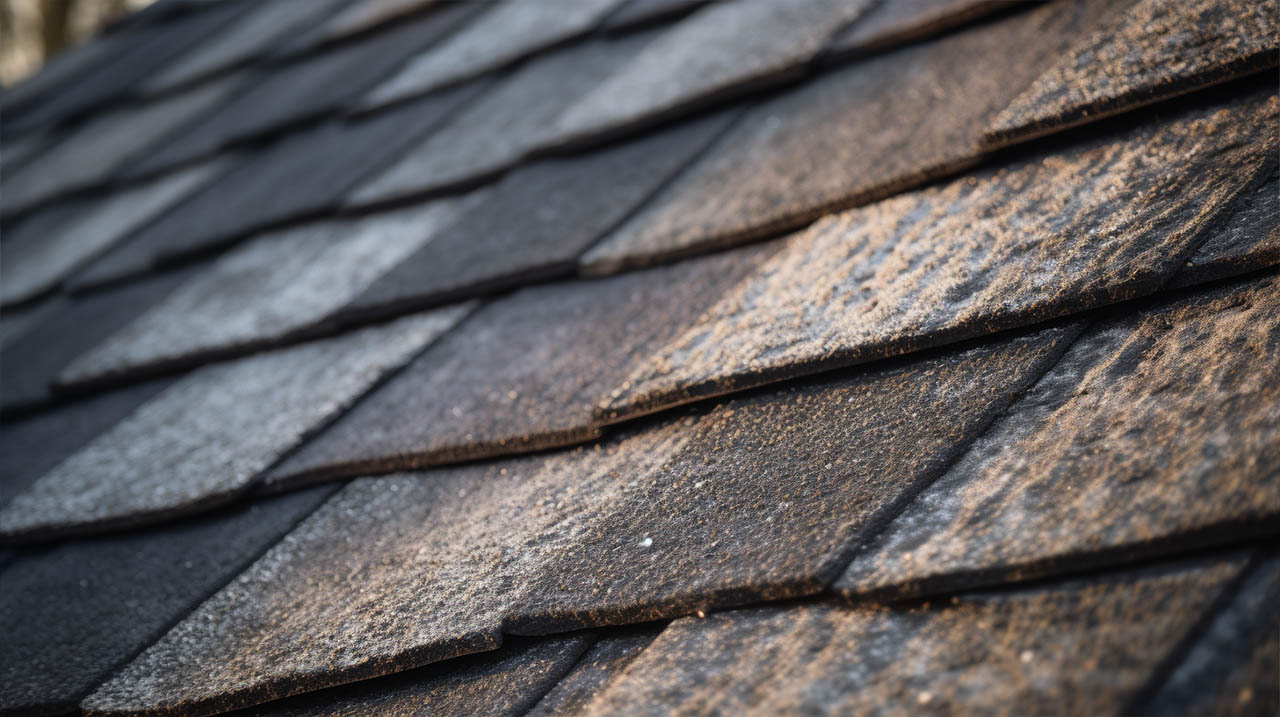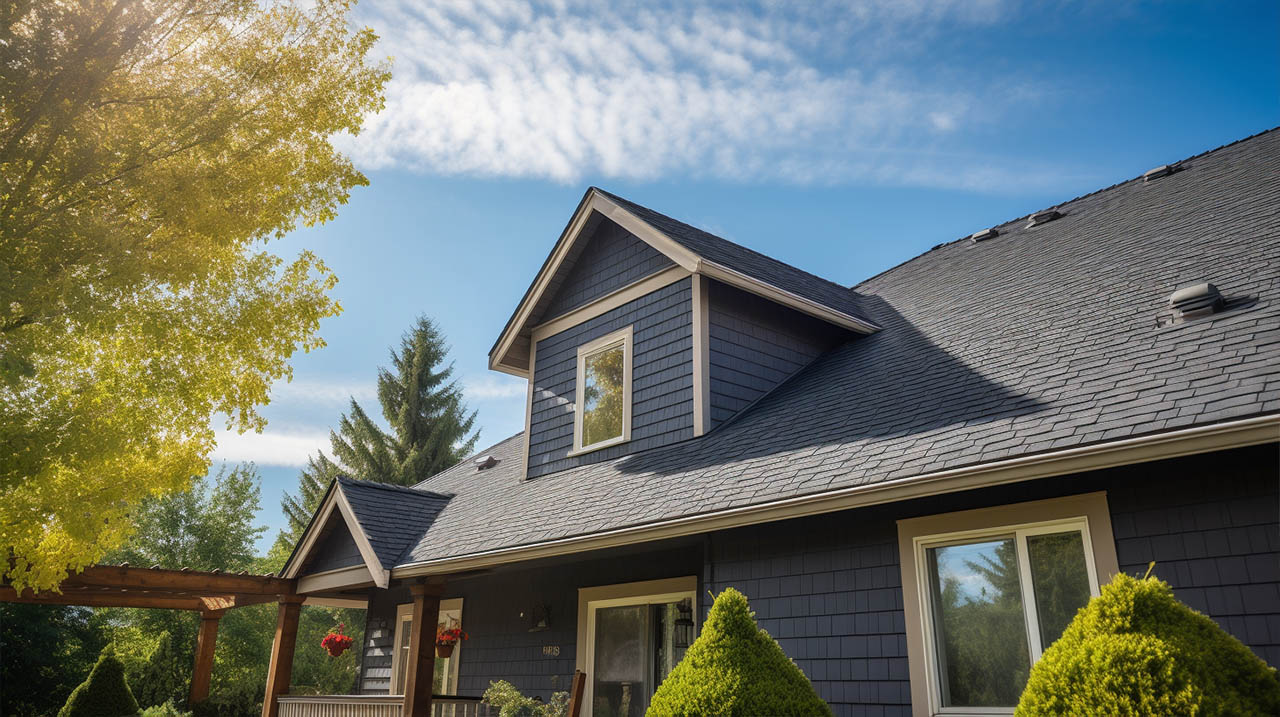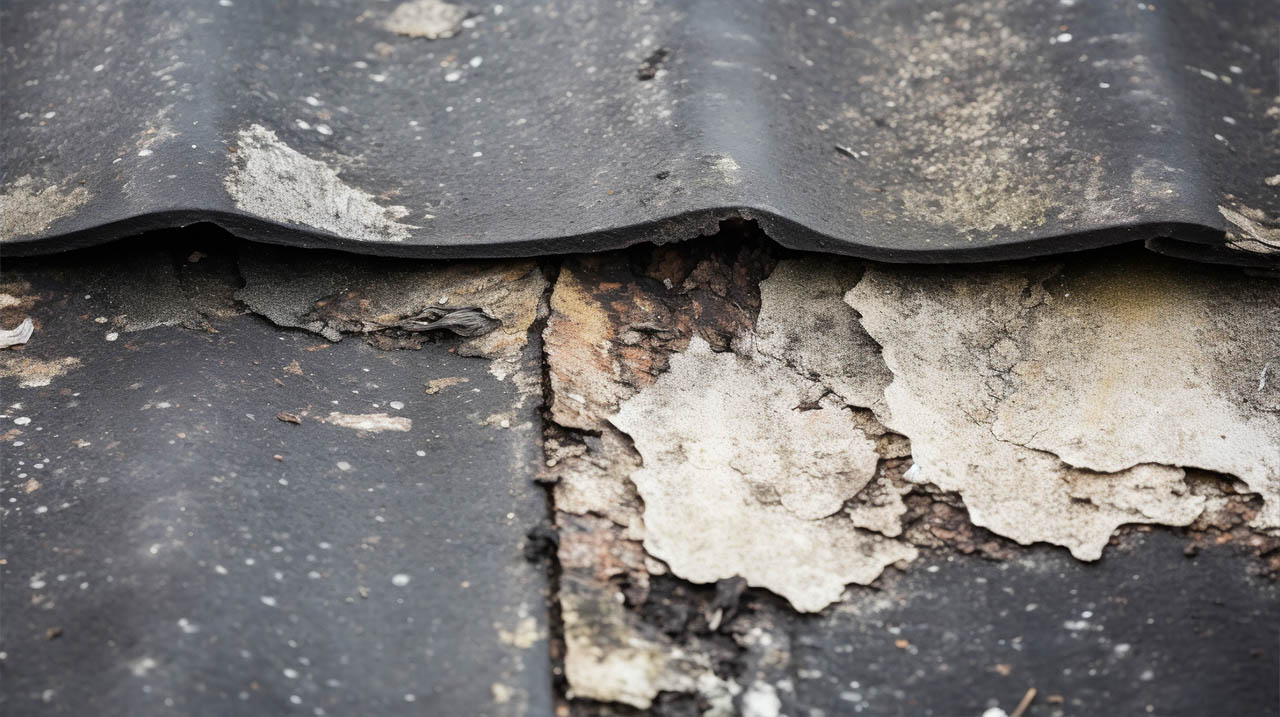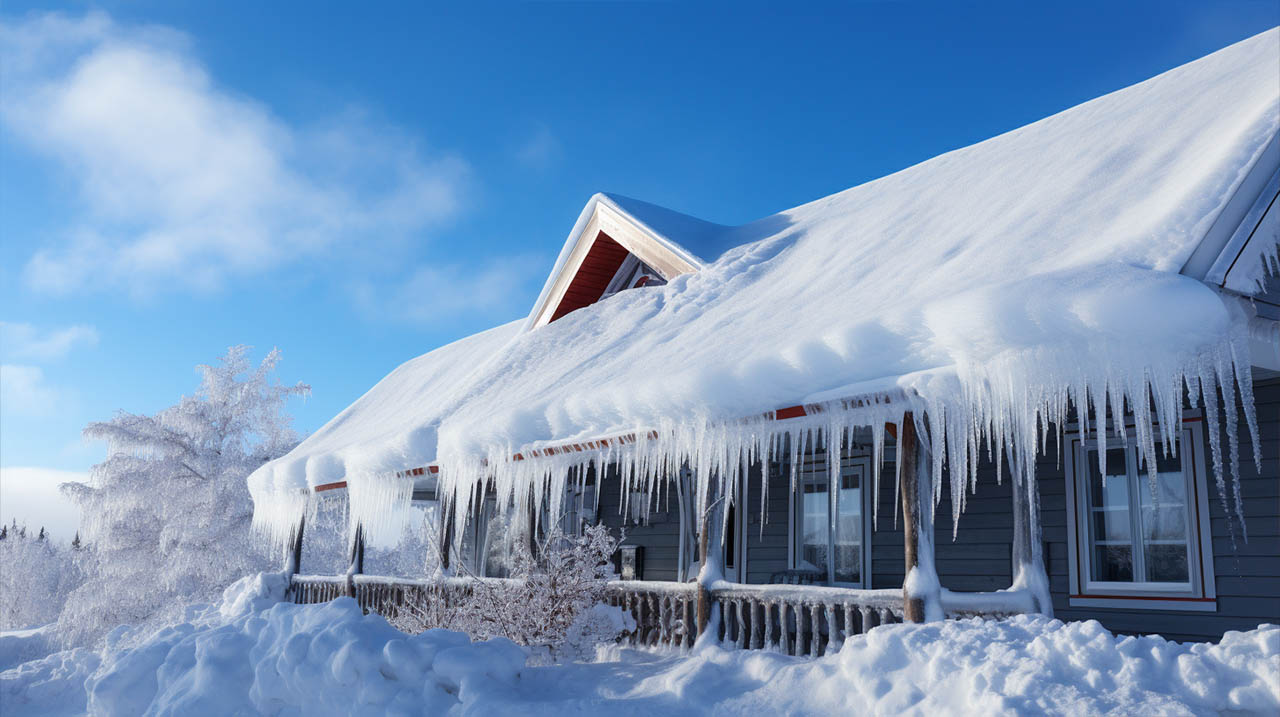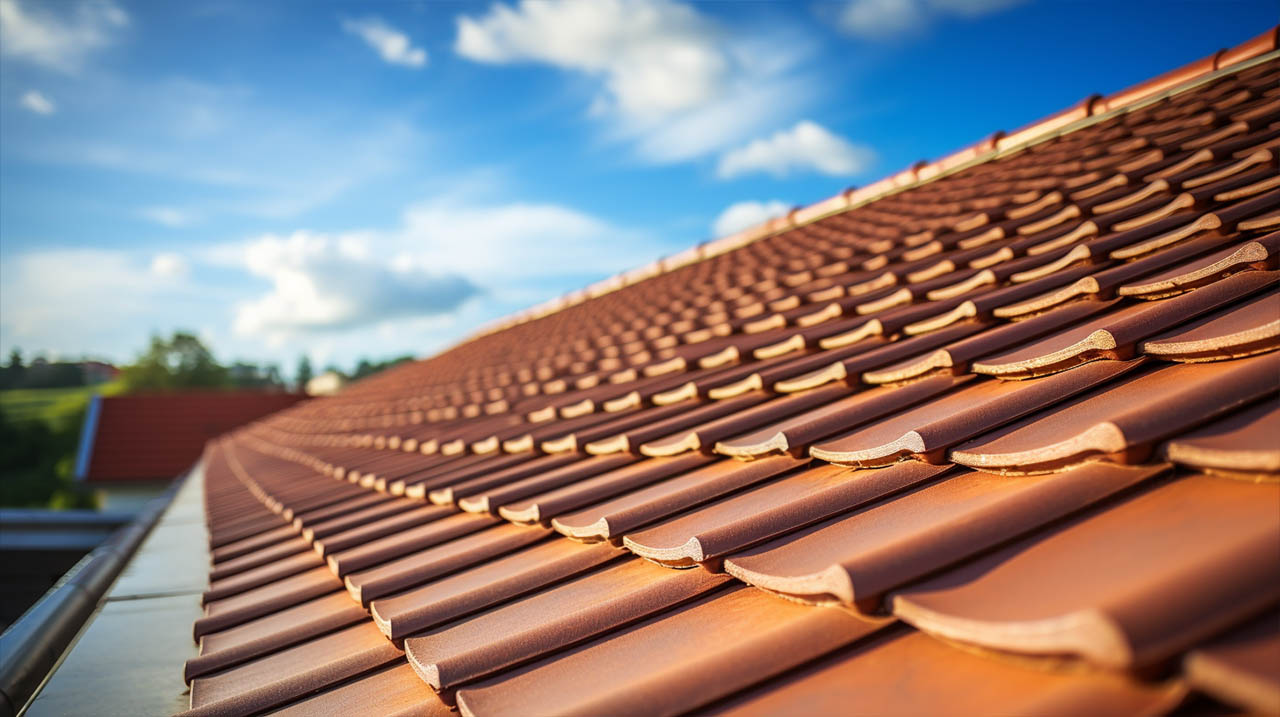Homeowners, particularly in the Columbia Maryland region, often encounter black streaks and stains diminishing their roofs’ visual appeal. These blemishes not only reduce the overall aesthetic of your home, but can also impact its longevity. As a comprehensive guide provided by Kanga Roof, we aim to explain the causes, implications, and methods to address these black streaks on your shingles.
What Causes Black Streaks on Roof Shingles?
The Role of Gloeocapsa Magma
Gloeocapsa magma, an airborne algae, is primarily responsible for those ominous dark stains. This algae thrives on the limestone filler typically found in asphalt shingles. As they consume this limestone, a dark byproduct is produced, leading to the appearance of those characteristic black streaks.
Factors that Promote Algae Growth
Several conditions make your roof an ideal breeding ground for algae:
- Moisture: High humidity and consistent rainfall create conditions ripe for algae multiplication.
- Shade: Roofs shaded by large trees or other structures retain more moisture, further aiding algae growth.
- Roof Age: As the leading roofing company Columbia trusts, Kanga Roof has observed that older shingles, particularly those nearing their lifespan’s end, are more vulnerable to such issues.
Consequences of Neglecting Black Streaks
Diminished Aesthetic Value
A roof plagued with black streaks compromises the overall elegance of your home. This might potentially decrease your home’s market worth, especially if potential buyers misconstrue these marks as indicators of neglect.
Reduced Roof Longevity
If these streaks are left unaddressed, the growing algae can expedite the aging process of your shingles. Over time, this culminates in a reduced lifespan and increased frequency of required Columbia MD roof repair.
Escalated Energy Expenditure
Darkened streaks can minimize your roof’s reflective attributes. This inadvertently results in heightened heat absorption, leading to a rise in your home’s internal temperature and, consequently, inflated energy expenses.
How to Effectively Remove Black Streaks from Roof Shingles
Expert Roof Cleaning by Roofing Contractors Columbia Recommends
Given the expertise needed for this task, we, at Kanga Roof, advocate for homeowners to seek professional assistance. Roofing experts use specialized equipment combined with the right cleaning solutions to ensure a thorough algae removal without inadvertently harming the shingles.
Environmentally Friendly Cleaning Solutions
For those considering a DIY tactic, opt for green cleaning mixtures. A balanced blend of water and vinegar, when applied to the problem areas and left for approximately 30 minutes before a gentle rinse, can be effective.
Implementation of Zinc or Copper Strips
Positioning zinc or copper strips atop your roof can thwart future algae proliferation. Rainwater, interacting with these metals, introduces minute metal traces onto your shingles, creating an environment unsuitable for algae growth.
Proactive Strategies: Averting Future Streaks
Routine Roof Audits
Undertake biannual roof inspections, particularly if you reside in areas like Columbia Maryland, to spot early signs of algae intrusion. Addressing it promptly can halt the extension of black streaks.
Pruning Overlapping Branches
Ensuring branches that overshadow your roof are kept trimmed will help decrease moisture retention and, in turn, curtail the conducive environment for algae.
Adoption of Algae-Resistant Shingles
For those contemplating re-roofing, choosing shingles that resist algae can be a worthy investment. These shingles incorporate specific granules that counteract algae growth, promising a pristine and streak-free roof for extended periods.
Conclusively
Recognizing the origins and repercussions of black streaks on roof shingles is indispensable for maintaining the structural and aesthetic integrity of your domicile. Regular evaluations, timely interventions, and forward-thinking preventive actions can guarantee your roof remains in impeccable condition for the foreseeable future.

